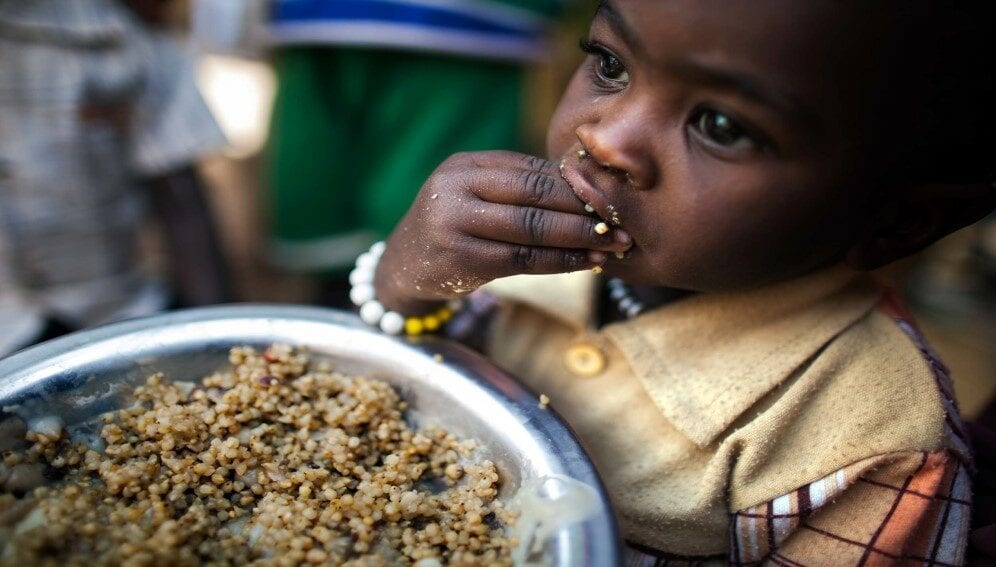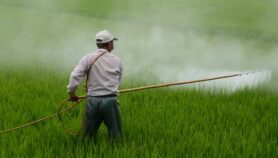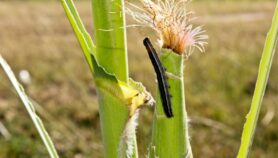10/06/21
‘Agroecology’ raises kids’ food diversity by 10 pct

By: Claudia Caruana
Send to a friend
The details you provide on this page will not be used to send unsolicited email, and will not be sold to a 3rd party. See privacy policy.
[NEW YORK] A farming practice known as agroecology has boosted the variety of foods eaten by children by 10 per cent, according to a study.
The term agroecology was first coined almost 100 years ago and refers to techniques to increase food production while conserving natural sources, combining farming with ecological activities such as soil conservation, and growing multiple crops on the same piece of land.
“It showed significant improvements in food security, dietary diversity, and greater sharing of farming knowledge.”
Rachel Bezner Kerr, Cornell University
It is in contrast to previous efforts to tackle hunger – known as the Green Revolution – which increased food availability by making staple crops yield more, without always improving the variety and quality of diets.
Researchers conducted a three-year project in rural Tanzania to teach smallholder farmers concepts associated with agroecology such as nutrition, gender equity, climate change in farming decisions, and how to share information with their peers.
According to the study, published in the Journal of Nutrition last month (11 May), the intervention led to the proportion of children who ate at least four of the seven food groups — a concept known as food diversity — increasing by almost ten per cent during the postharvest season.
“The approach inherently takes farmers’ food choices into account, since they choose what they want to test in terms of agroecological practice, including which crops they might want to add into their farming system,” says Rachel Bezner Kerr, a co-author of the study and professor of global development in the College of Agriculture and Life Sciences at the US-based Cornell University.
“This also includes [improving] both the quality and quantity of food and their children’s diets in a relatively short period of time – just a few years,” Kerr adds.
According to the study, researchers involved 591 households in 20 villages, with each village having two mentor smallholders selected by their peers. From 2016 to 2019, researchers conducted surveys every growing season (January and February) and during postharvest season (July and August), with children who were one year old in 2016 and their parents being tracked over time.
“Gender equity is an important part of the approach, so we included a focus on gender dynamics as part of the training and measured a change toward a more equitable household division of labour as well as improved mental health and wellbeing for women involved in the project,” Kerr explained.
Bronwen Powell, a research associate at the Indonesia-headquartered Center for International Forestry Research, says the researchers used a rigorous study design to demonstrate the effectiveness of an agroecological intervention to improve diet quality in a remote region of Tanzania that faces a lot of obstacles such limited rainfall that occurs over a short rainy season.
“Poor quality diets are one of the top determinants of mortality (death) globally, and this research has clearly demonstrated a strategy to improve diet quality,” explains Powell, who was not involved in the study.
“For years, we have poured research and development funding into trying to reduce food security by increasing crop yields for staple crops – a strategy that effectively reduced hunger during the green revolution but has done little to improve diet quality.”
According to Powell, part of the problem with just increasing food availability “is that it fails to deal with the fact that it is not availability, but access to high quality nutritious foods that is the main barrier to improving diet quality”.
“With a focus on justice and equity, agroecological approaches place the focus squarely on the most vulnerable members of society,” she tells SciDev.Net.This piece was produced by SciDev.Net’s Sub-Saharan Africa English desk.
References
Marianne V Santoso and others A nutrition-sensitive agroecology intervention in rural Tanzania increases children’s dietary diversity and household food security but does not change child anthropometry: Results from a cluster-randomized trial (Journal of Nutrition, 11 May 2021).

















